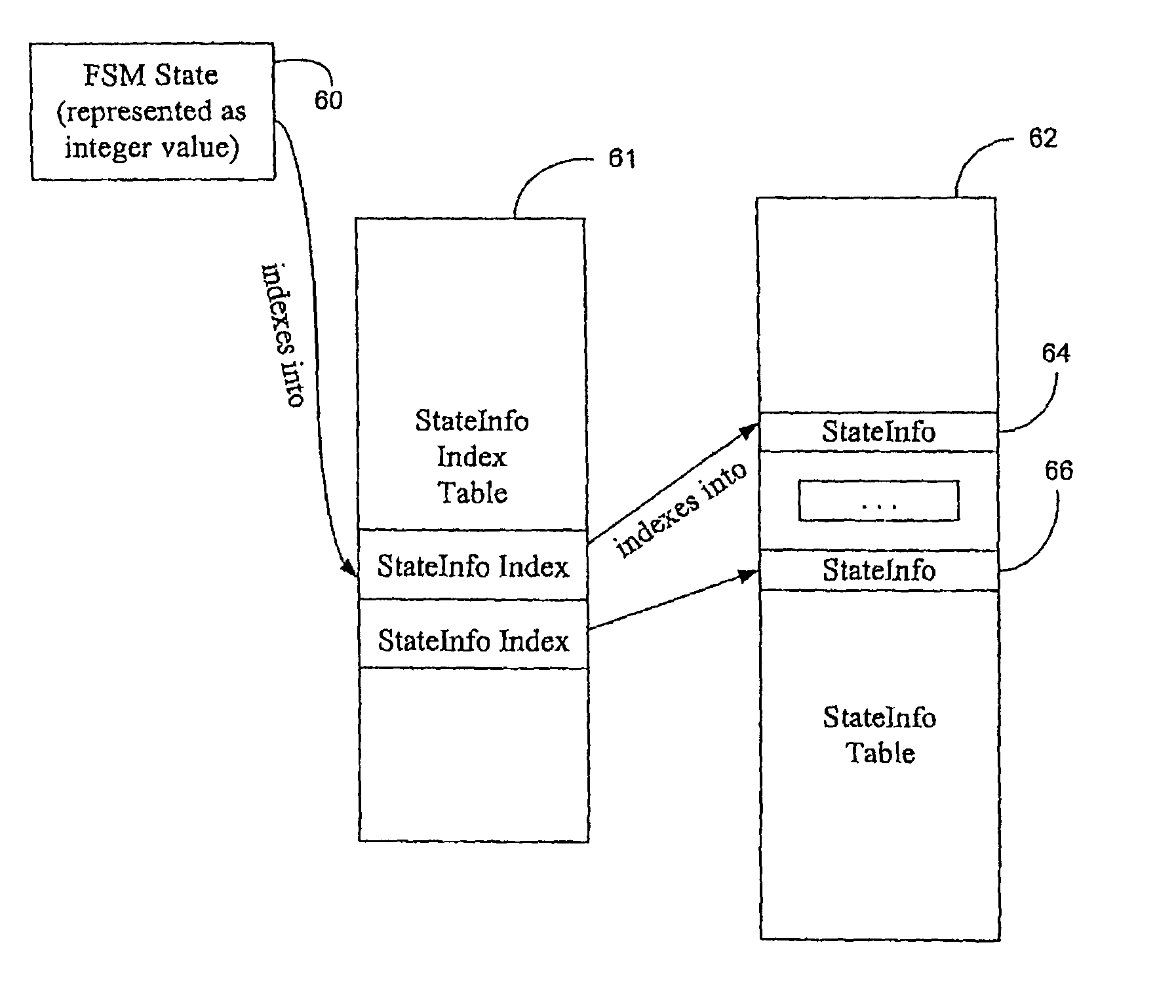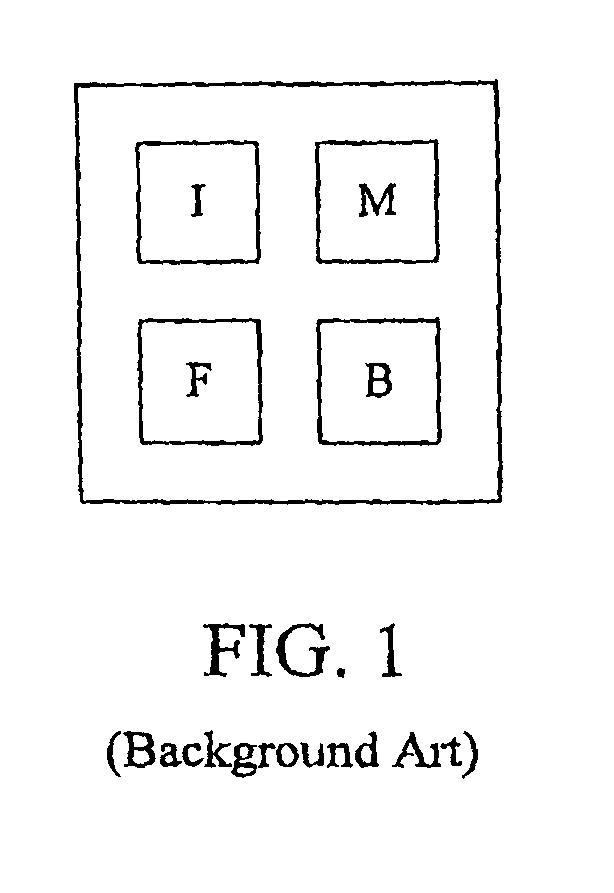Compiler with flexible scheduling
a compiler and flexible scheduling technology, applied in computing, instruments, electric digital data processing, etc., can solve the problems of modest transformations from scheduled order to canonical order compared to computational complexity of selecting, and achieve the effect of avoiding unnecessary ordering constraints and high efficiency
- Summary
- Abstract
- Description
- Claims
- Application Information
AI Technical Summary
Benefits of technology
Problems solved by technology
Method used
Image
Examples
Embodiment Construction
1 Overview
[0035]The disclosed model is an abstraction of the resource, issue and bundle constraints of the Itanium Architecture IA-64 implementations. A ReservationTable is used by the instruction scheduling components (list, operation, and modulo scheduling) to track where the instructions have been scheduled, along with intra-cycle dependencies.
[0036]The important considerations for the model include the supported templates (which specify the allowable orderings of instructions, by issue unit type), the must-shift (supplemental) instructions, the A-unit instructions (which may go into M or I slots) and the must-be-first, and must-be-last instructions. Since the instructions do not appear in the same order in all of the templates, and because of the various constraints on instruction order, it is desirable to delay any decisions on absolute instruction placement or relative ordering as long as possible.
2 Slots and ScheduleTimes
[0037]The Slot type represents a slot within an issue g...
PUM
 Login to View More
Login to View More Abstract
Description
Claims
Application Information
 Login to View More
Login to View More - R&D
- Intellectual Property
- Life Sciences
- Materials
- Tech Scout
- Unparalleled Data Quality
- Higher Quality Content
- 60% Fewer Hallucinations
Browse by: Latest US Patents, China's latest patents, Technical Efficacy Thesaurus, Application Domain, Technology Topic, Popular Technical Reports.
© 2025 PatSnap. All rights reserved.Legal|Privacy policy|Modern Slavery Act Transparency Statement|Sitemap|About US| Contact US: help@patsnap.com



